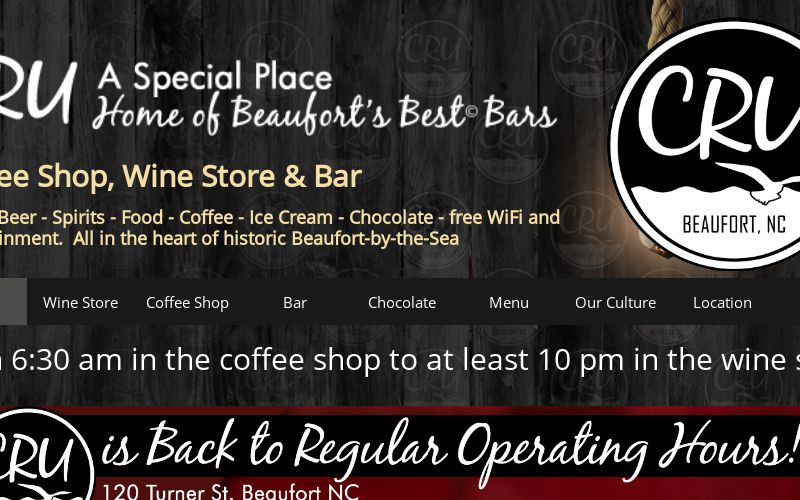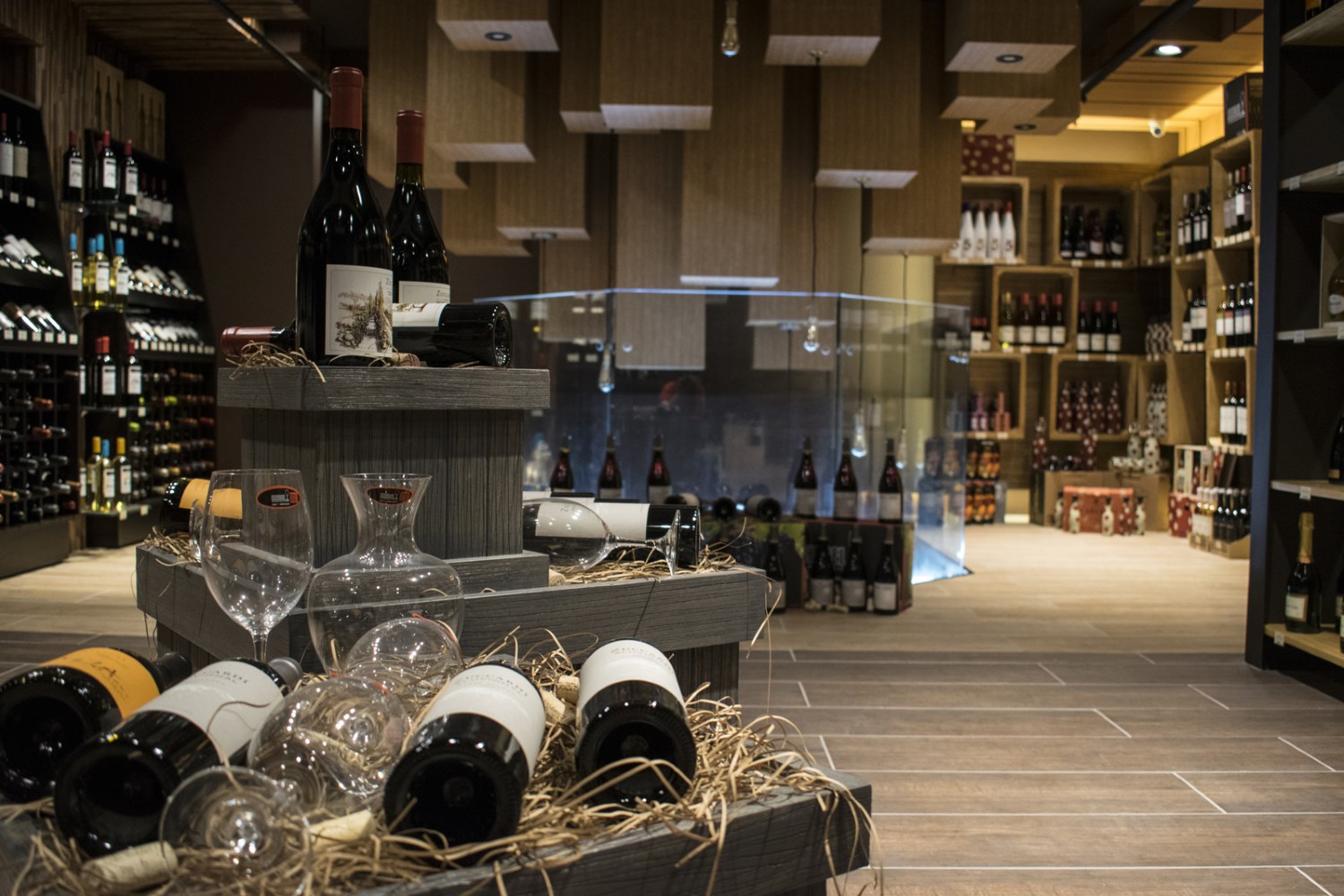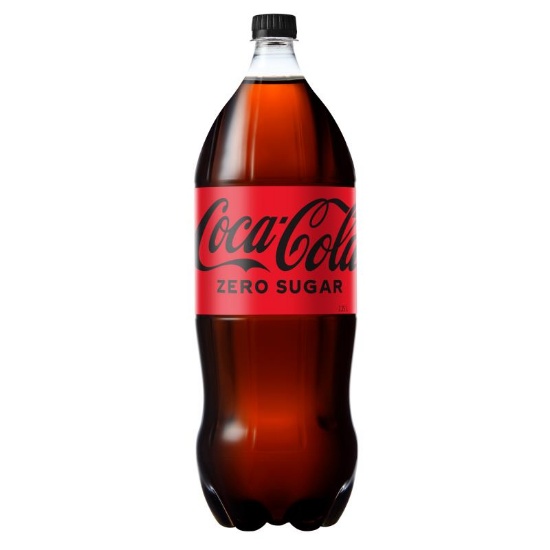
Retailer shipping permitted, except to dry communities It also lists volume limitations as well as any special rules about D2C shipping.Ĭonsumers may order wines from out-of-state wineries but must obtain permission from the state liquor authority and have the wine sent to an ABC store for pickup and payment of taxes. To help make it easier, we put together the chart below which specifies which states allow or prohibit winery direct shipping and retailer direct shipping. Additionally, some states have limits on the quantity of alcohol that can be shipped. But in other states, retailers can engage in DtC shipping, as well. In the next section, we’ll take a more thorough look at what it takes to legally sell wine online.įor example, in some states, only wineries are allowed to offer D2C shipping.
#WINE STORE LICENSE#
A shipper’s license for each state to which you plan on shipping.IMPORTANT: Just because you can sell locally doesn’t necessarily mean you can sell online. This form is used to record your business and tax information, dealer class, and subclass and must be filed and approved by the Alcohol and Tobacco Tax and Trade Bureau (TTB) prior to initiating online sales. The required documentation to sell wine from an online store depends on the state in which you operate as well as the states to which you ship.īelow is a list of the most common forms you’ll need to complete as well as the licenses you’ll likely need to obtain: These marketing strategies simply aren’t possible for brick-and-mortar wine retailers. And with this profile, you can offer product recommendations and exclusive discounts based on the specific bottles of wine that each customer has previously purchased. Just as personalized marketing can bring in new customers, it can also encourage past customers to buy from you again.Ĭustomer relationship management software, when integrated with a top ecommerce platform, gives you the power to get a complete profile of every customer. And personalized marketing is much more likely to attract new customers than generic content.
#WINE STORE SOFTWARE#
Plus, ecommerce software enables wine merchants to capture data about wine consumers that they can use to create hyper-targeted, customized emails and ads across multiple online channels.

However, this isn’t to say that only a handful of wine sellers are embracing ecommerce. Now, considering the regulations they have to contend with, it’s understandable for the average wine retailer to be slower to adopt D2C sales. Thanks to apps like Uber Eats, Postmates, and Instacart, today’s consumers can have nearly any food or drink delivered directly to their door.īut what consistently remains missing from the list of these available products is alcohol. In this guide, we’ll focus on the latter factor - the increase of online wine sales - and how ecommerce merchants can take advantage of this expansion. Taking a look at ecommerce in general, Forrester reports that 17% of all retail sales will be conducted online in less than five years. Wine was the most popular kind of alcohol, accounting for 65% of those sales.


In 2017, online sales of beer, liquor, and wine increased by more than ⅓ year-over-year (YoY).

For example, Pennsylvania received its first direct shipping permits in August 2016.


 0 kommentar(er)
0 kommentar(er)
